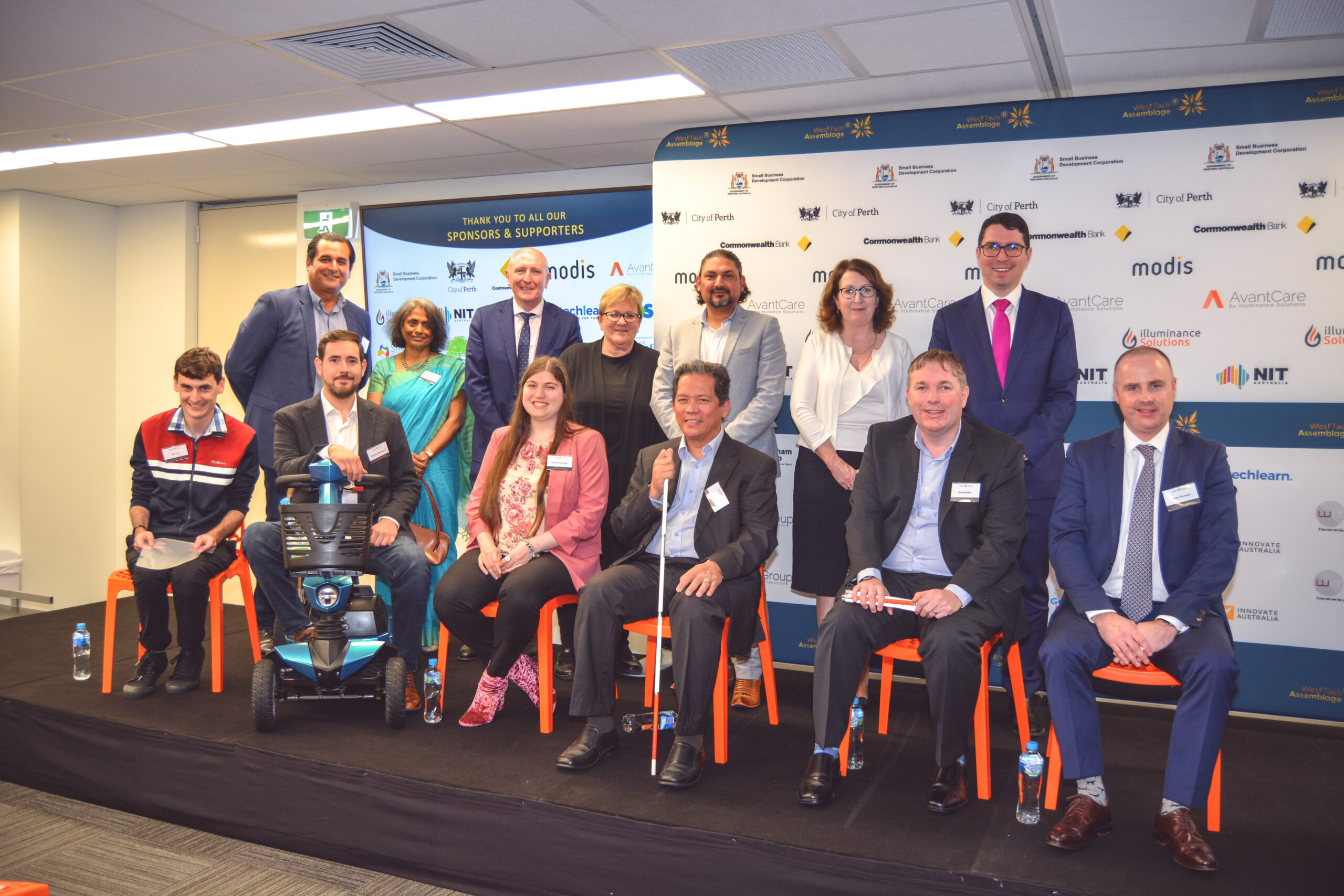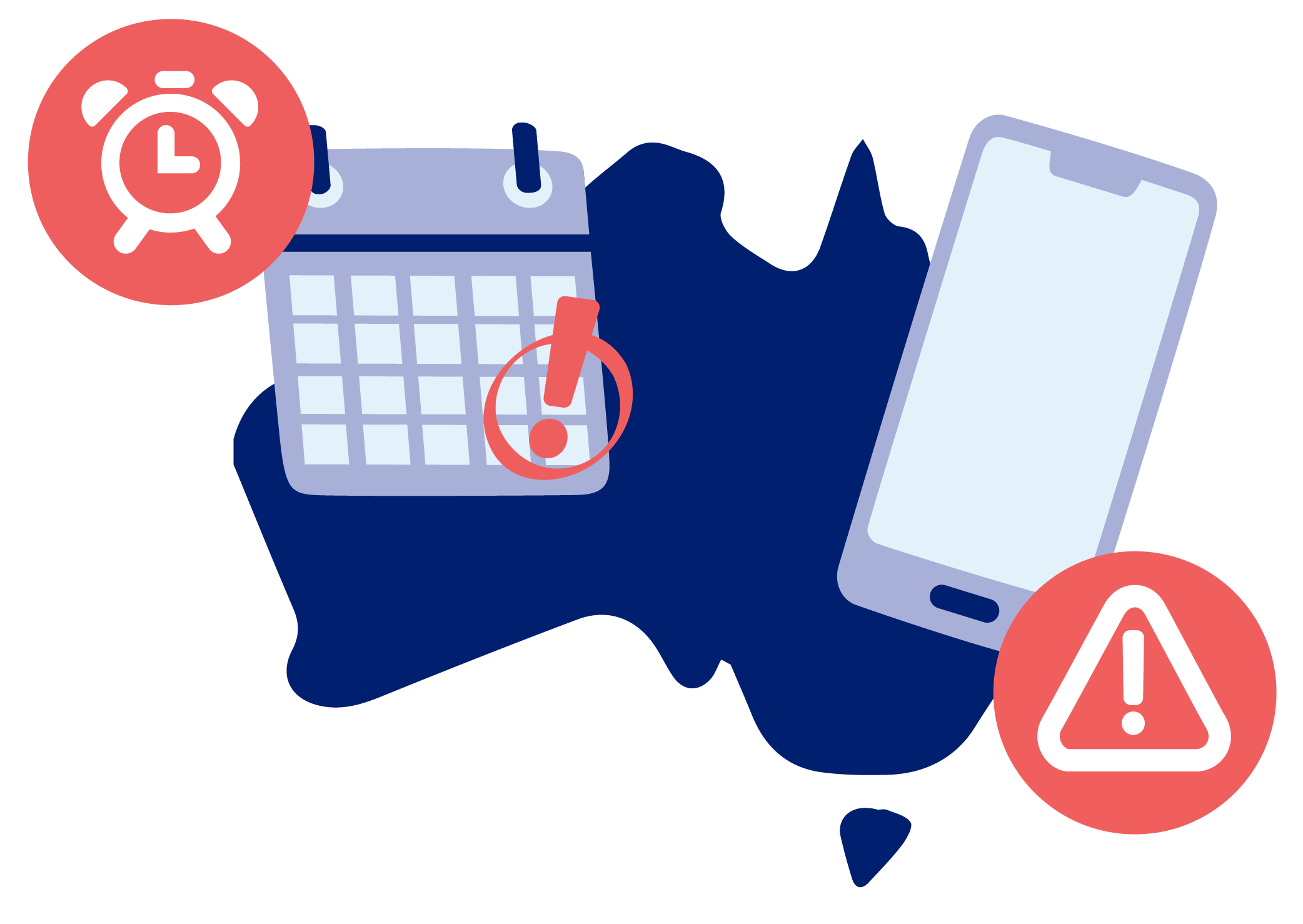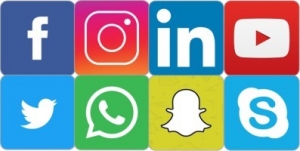Find out about features that help people with disability get the most out of their smartphone or tablets
Accessibility in Technology have come a long way in the past 15 years, especially with the introduction of smartphones and tablets in the market. Here we will explore some accessibility features and tools that provide alternative ways for people with disability to use their phones and tablets.
It all comes down to the methods we use to introduce information into our devices, and the ways we access information from those devices. For most people, entering information is based in the interactions of your fingers and the touch screen, while we receive information by looking at the screen, listening to the phone sounds and sometimes feeling the phone’s vibrations. For people with visual, hearing, or physical disabilities, using the phone may involve using different combinations of methods to input information and to access information from those devices.
Learn below about features that allow people with disability use their phones or tablets.
Useful features for people who are visually impaired:
- Options to change screen contrast
- Options to change font size and style
- Feature to zoom on elements on the screen
- Adjustable phone vibrations and notification sounds
- Screen reader to read the content on the screen (Voice Over on iOS and Talk Balk on Android)
- Phone Assistant to manage some phone tasks by using your voice (Siri on iOS, Ok Google on Android)
- Speech to text features to write long documents, such as emails, using your own voice
Useful features for people who are Blind:
- Adjustable phone vibrations and notification sounds
- (Voice Over on iOS and Talk Balk on Android)
- Phone Assistant to manage some phone tasks by using your voice (Siri on iOS, Ok Google on Android)
- Speech to text features to write documents, such as emails or social media posts, using your own voice
- Switch option to navigate your phone using physical buttons such as volume buttons
- Braille display support that allows you to connect a refreshable braille display to read the contents on your screen using your fingers, and to enter text using the input keys on your braille display
- Braille input apps and features (such as Braille back on Android and Braille Screen Input on iOS devices) allow you to use the touch screen to input braille code to write SMS, emails, social media posts, etc
Useful features for people with hearing impairment:
- Extra loud volume for calls, ringers, and other notifications
- Loudspeaker
- Option to connect headphones
- Hearing aid compatibility so your calls are clearer and freer from environmental noise if you wear hearing aids
- Bluetooth to connect to headphones, modern hearing aids, smart watches with haptics tools and other useful accessories.
- Adjustable phone vibrations so you can personalize notifications and calls
- Option to use the phone flashlight for incoming calls and notifications
- Closed captions for videos
- Live transcription of phone calls (available in some Android phones as Live Transcribe)
Useful features for people who are Deaf:
- Bluetooth to connect to headphones, modern hearing aids, smart watches with haptics tools and other useful accessories.
- Adjustable phone vibrations so you can personalize notifications and calls
- Option to use the phone flashlight for incoming calls and notifications
- Closed captions for videos
- Live transcription of phone calls (available in some Android phones as Live Transcribe)
- Front facing camera with a frame rate of at least 30 frames per second required to properly record Auslan (Australian Sign Language)
Useful features for people with physical disabilities:
- Automatic Answer (usually works when a Bluetooth headphone is connected)
- Phone Assistant to manage some phone tasks by using your voice (Siri on iOS, Ok Google on Android)
- Option to connect headphones and headsets to avoid holding the phone. Also, the headphone jack is commonly used to connect button switches
- Switch option to navigate your phone using external physical buttons, sip-puff switches, no-touch sensors, and other switch devices
- Voice Control or Voice Access to allow you control all your phone using your voice, in this case, apps and elements on your screen are labelled with numbers or names and you can virtually tap on those elements by calling the number or label of the element, or by asking your phone to perform basic actions on them, such as open, close, turn volume up or down, tap, save, etc (Voice Control on iOS and Voice Access on Android).
- Eye Gaze apps can be installed on phones and tablets to allow people to navigate the screens of their devices by tracking eye movements
- Facial Gestures option so your phone uses the camera to recognise face expressions and perform actions previously assigned to those expressions. Face expressions include raising eyebrows, look on certain directions, wink, and open mouth among other gestures. (This is a new feature available on Android 12)
Useful features for people with impaired speech:
- Text to speech apps that allow what is typed on the screen to be heard and understood by others
- Augmentative and Alternative Communication apps that allow your phone to quickly produce full spoken sentences by tapping on that sentence or equivalent symbols or images on your ACC app.
- Apps that recognise impaired speech and can transcribe it and reproduce it in a clear, synthetised voice. This app can also be used with the smart assistant for several tasks (Google’s beta version of the Relate app was launched in November of 2021, available for Android phones)
Useful features for people with no speech or who are non-verbal:
- Front facing camera with a frame rate of at least 30 frames per second required to properly record Auslan (Australian sign language)
- Text to speech apps that allow what is typed on the screen to be heard and understood by others
- Augmentative and Alternative Communication (AAC) apps that allow your phone to quickly produce full spoken sentences by tapping on that sentence or equivalent symbols or images on your ACC app
Useful features for people with intellectual disabilities:
- Screen reader to read the content on the screen (Voice Over on iOS and Talk Balk on Android)
- Dictation apps
- Phone Assistant to manage some phone tasks by using your voice (Siri on iOS, Ok Google on Android)
- Photo contact lists
- Shortcut options and apps that perform full actions by only tapping them
- Options to reduce the number of apps shown on your phone or to simplify your screen
Do you want to know more about those features? or do you already know about other new technologies used to help people with disability communicate via their phones or tablets? Let us know by emailing accessible.telecoms@accan.org.au



